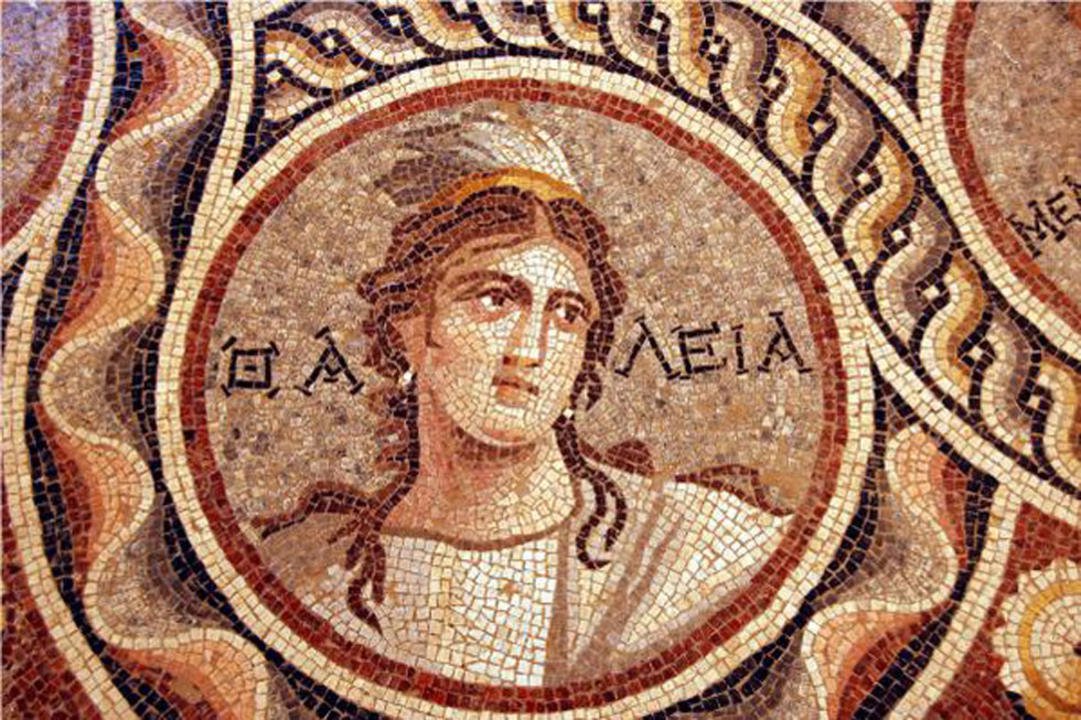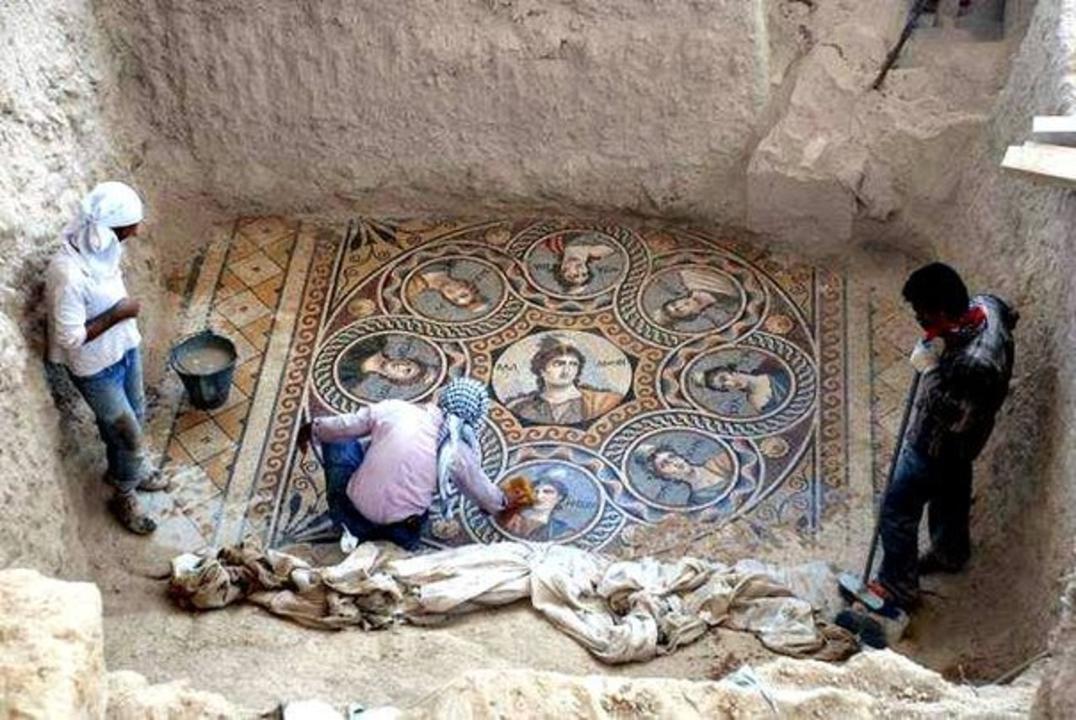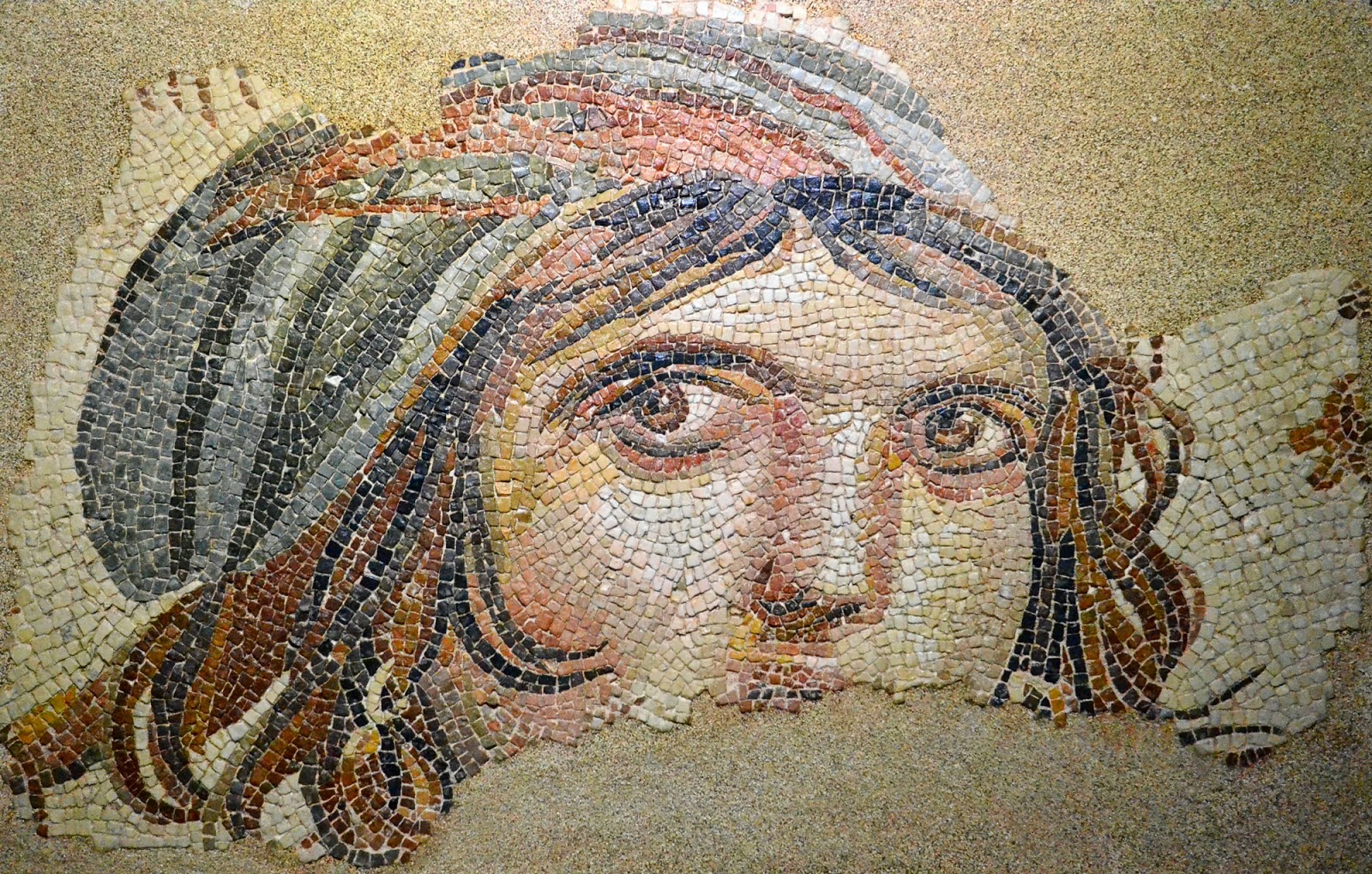Three unique mosaics from the second century BC were unearthed at the ancient Greek settlement of Zeugma, southeast Turkey near the Syrian border, after five years of archaeological digs. The excavation was a race against time before the site was flooded by water from the Birecik dam nearby.
The Greek settlement was founded in 300 B.C. by one of Alexander the Great’s generals near Euphrates, a strategically important crossing that was a key commercial and military city of the Seleucid Kingdom in the Hellenistic Period.
The latest mosaics unearthed:
The first mosaic depicts nine muses of Greek mythology. The muse of poetry and the arts, Calliope, is in the center surrounded by her sisters. Archaeologists believe that the mosaic was located in a large room.
The second mosaic is of Oceanus and his wife Tethys. It has vivid colors achieved through the use of glass mosaic pieces.
The third mosaic is smaller in size and depicts an unidentified young man.
The discovery of the mosaics were presented to the public in a press conference. Gaziantep Mayor caused social media controversy after she stepped on the mosaics on high heels.
The Zeugma Mosaic Museum in osutheastern Turkey is the biggest mosaic museum in the world thanks to the legacy left behind in the region by Ancient Greeks. The muyseum houses fascinating mosaics such as Poseidon, Gypsy Girl and Dionysus. The Gypsy Girl’s famous features are the eyes that follow the viewer in every direction. Unforutnatley some of the mosaics were not completed due to looting and trafficking of artefacts. Since 2012, Zeugma was added to UNESCO’s World Cultural Heritage list.








